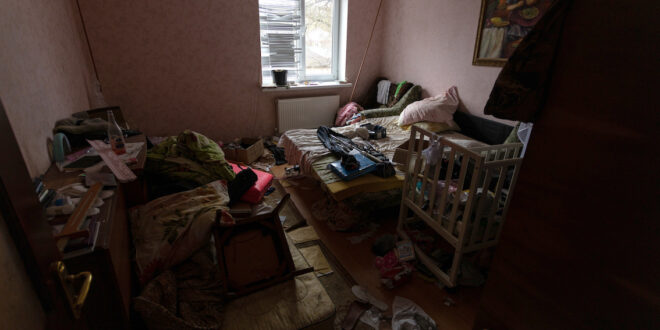It’s common knowledge supporting friends and family members with mental illness, including hoarding disorder, can take its toll. It’s not to say we should shy away from this responsibility, especially when there is help available for those who are carers in these situations. However, hoarding disorder does pose specific problems for those who live with a family member facing this difficult situation.
Hoarding disorder is much more than a casual tendency to collect clutter. It is a distressing illness where sufferers find it virtually impossible, without professional intervention, to part with a range of possessions which they perceive to hold special significance. And it robs not only those with the illness, but also their friends and family, of quality of life and quality of relationship.
Unchecked, hoarding disorder clutter can be become excessive, and pose a very real health risk. Dirt, grime, waste food, overflowing pet litter trays, even allergens such as pollen and animal hair, soon accumulate when clutter gets in the way of daily housekeeping. It has been suggested family members living with a hoarding disorder sufferer are more likely to experience headaches, allergies and respiratory problems.
Maintaining personal hygiene can become a challenge, too, when sinks, showers, and hand basins become a repository for collected items. It can even become difficult to prepare healthy meals when food preparation surfaces are covered in belongings. When food prep areas are unavailable, families may turn to takeaway foods, a situation that can lead to financial difficulties, as well as the potential for obesity. Sleeping areas can become difficult to access in a hoarder house, and children may be forced to share a bed with a parent or sibling because their own has been used as a storage area.
General safety is compromised by hoarding disorder, too. As items clog up access ways, tripping hazards increase, and for family members with a physical disability, this situation becomes even more problematic. There is little hope of establishing the sort of ‘quick exit’ plan all homes should have in case of fire, and even less of finding a fire extinguisher amongst the detritus. Added to the equation is many hoarded items are highly combustible.
For those caring for a family member with hoarding disorder, there is also the embarrassment of having others, outside the home, come to visit. While many people will be understanding, there is only so much one can ask even the closest of friends to tolerate. For children, especially, it may simply not be worth the effort of inviting friends into their home. Social isolation soon results.
No wonder then, family members of those with hoarding disorder have a significant burden to bear when it comes to maintaining their health, safety, and social life. Especially when it appears to be the case many (research would suggest at least half) hoarding disorder sufferers have little insight into their illness. This lack of self-reflection results in intense frustration for family members, so much so, divorce statistics are higher among couples where hoarding disorder is an issue.
Children also resort to ‘separating’ when a parent is a compulsive hoarder. Research suggests in homes with unmanageable clutter, communication between family members is low, and confrontation is higher. As a well parent seeks to protect a hoarding disorder parent, children can feel confused when their feelings are not acknowledged, and eventually learn to distrust their own sense of what is ‘normal.’ They can feel abandoned when they feel a parent has ‘chosen’ belongings over them. As an adult ‘survivor’ of a hoarding household, some children of hoarders resort to communicating with their parents only by phone, or ceasing communication completely.
Mental illness impacts not only the sufferer themselves, but also those around them, and hoarding disorder is no exception. Once hoarding disorder is established, it can be difficult to help a sufferer see they have a problem. That’s why, in our next article in this series, we’ll be looking at how to recognise the early signs of hoarding in others, or yourself, so you can seek help early.









Join the Discussion
Type out your comment here:
You must be logged in to post a comment.